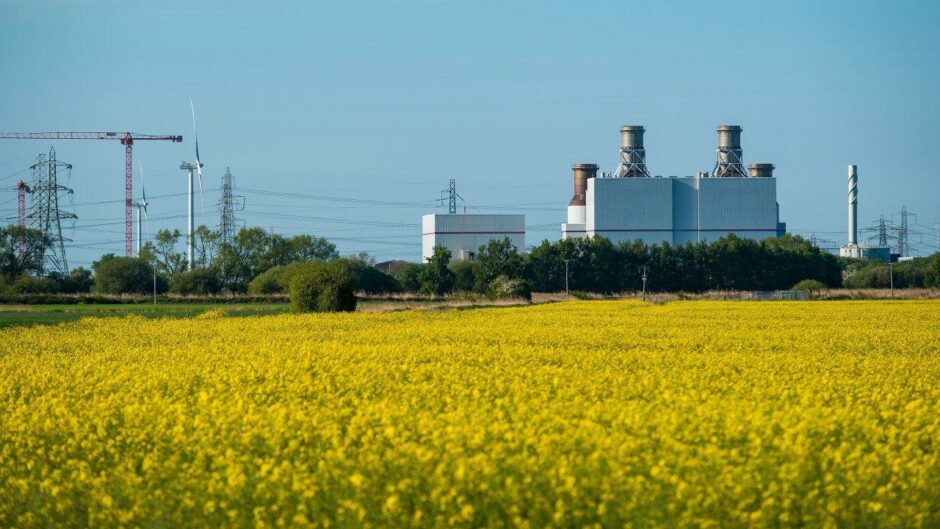
For those working across the energy industry, COP26 has been a hot topic for the last several years. Now, the conference is finally underway and, like everyone reading this, I am hopeful that it will see significant breakthroughs in the fight to tackle climate change globally.
While we wait, with cautious optimism, to hear the outcome of talks between world leaders, it’s time to get on with the job at hand.
Indeed, we are now just a couple of weeks removed from the launch of the UK’s Net Zero Strategy, alongside which the Government confirmed the first two industrial clusters to be supported in developing vital carbon capture and storage (CCS) infrastructure.
The two successful ‘Track 1’ clusters were the East Coast Cluster, covering the Humber and Teesside regions, and HyNet, in the north west of England. This is a tremendous boost for those regions, stimulating major investment and providing a pathway for essential energy and industrial emitters to transition to a low-carbon future.
Within SSE Thermal, we particularly welcome the news about the East Coast Cluster, which will see the Government lend its support for the deployment of CCS infrastructure by the mid-2020s. It will help to accelerate the decarbonisation of the UK’s most carbon-intensive region while maximising the benefits of the net zero transition for workers and communities.
However, the cluster sequencing announcement was not without some disappointment. The decision not to include the Scottish Cluster in ‘Track 1’ has surprised many. The north east of Scotland is an energy powerhouse, and was well-placed due to the existing infrastructure which could be adapted to facilitate the transport of CO2 to depleted gas fields in the North Sea.
While not listed as one of the first two clusters, the Scottish Cluster was given ‘reserve status’, which shows that its bid was one which met all the criteria required. Along with our partners in the Scottish Cluster, we will continue to engage with the UK Government on the importance of delivering on CCS infrastructure in the region, which will be crucial in delivering a net zero power system and ensuring a just transition for Scotland’s workforce from high-carbon to low-carbon jobs.
At SSE Thermal, we remain ambitious in our plans to deliver our carbon capture project at Peterhead, however we need we need certainty on policy support to allow us to take final investment decisions. We continue to believe the Scottish Cluster is as an ideal candidate for early CCS deployment given its unparalleled skills and infrastructure. Of course, ultimately all industrial clusters across the UK will need to be decarbonised if we are to reach our net zero target.
Now, government and industry will move into the next phase of discussions on which individual carbon capture projects should be supported first within the clusters. Among the most advanced projects in the East Coast Cluster is our plan with Equinor to develop one of the UK’s first power stations equipped with CCS technology at Keadby, which entered the planning process in June and could become operational as early as 2026.
We’re also progressing plans with Equinor for the world’s first major 100%-hydrogen-fired power station at Keadby, as well as a large-scale hydrogen storage facility at Aldbrough on the East Yorkshire coast – both of which could be operational by 2030 and are well placed to plug into the East Coast Cluster. CCS infrastructure will pave the way for the production of low-carbon hydrogen, which will play a key role in the decarbonisation of power generation, heavy industry, heat, and transport.
We shouldn’t underestimate just how integral a role CCS will play in the UK’s journey to net zero, both in decarbonising power generation and in safeguarding industries that are the backbone of our regional economies. So, as we look to see further decisive action taken at COP26 in Glasgow, let’s lead by example and rapidly deliver the infrastructure needed to deliver an efficient, just and affordable transition to net zero.
Recommended for you
